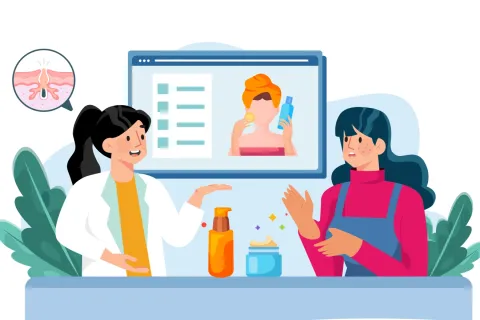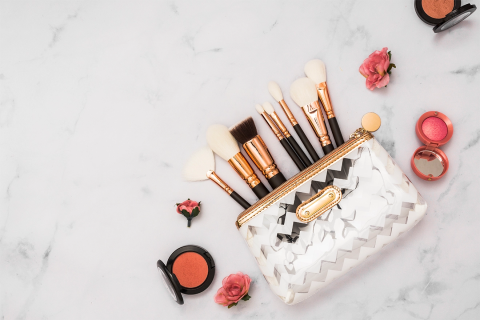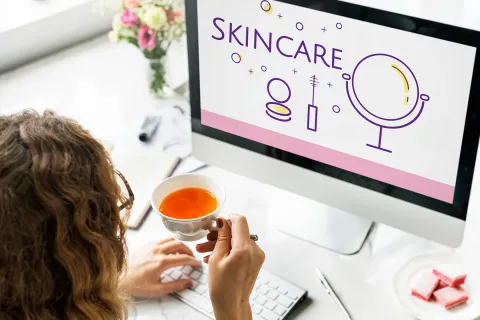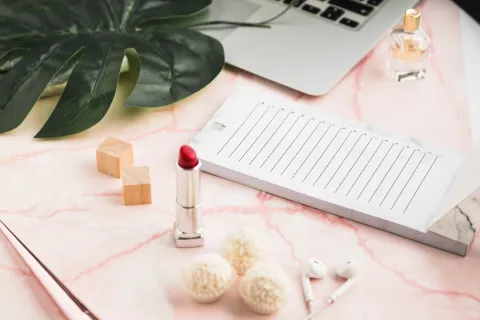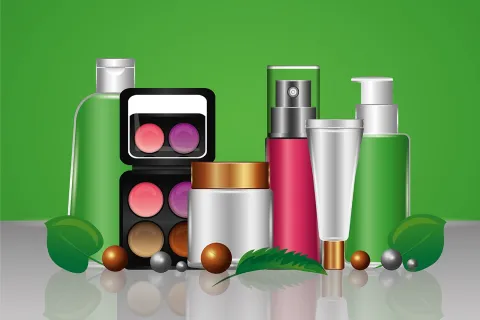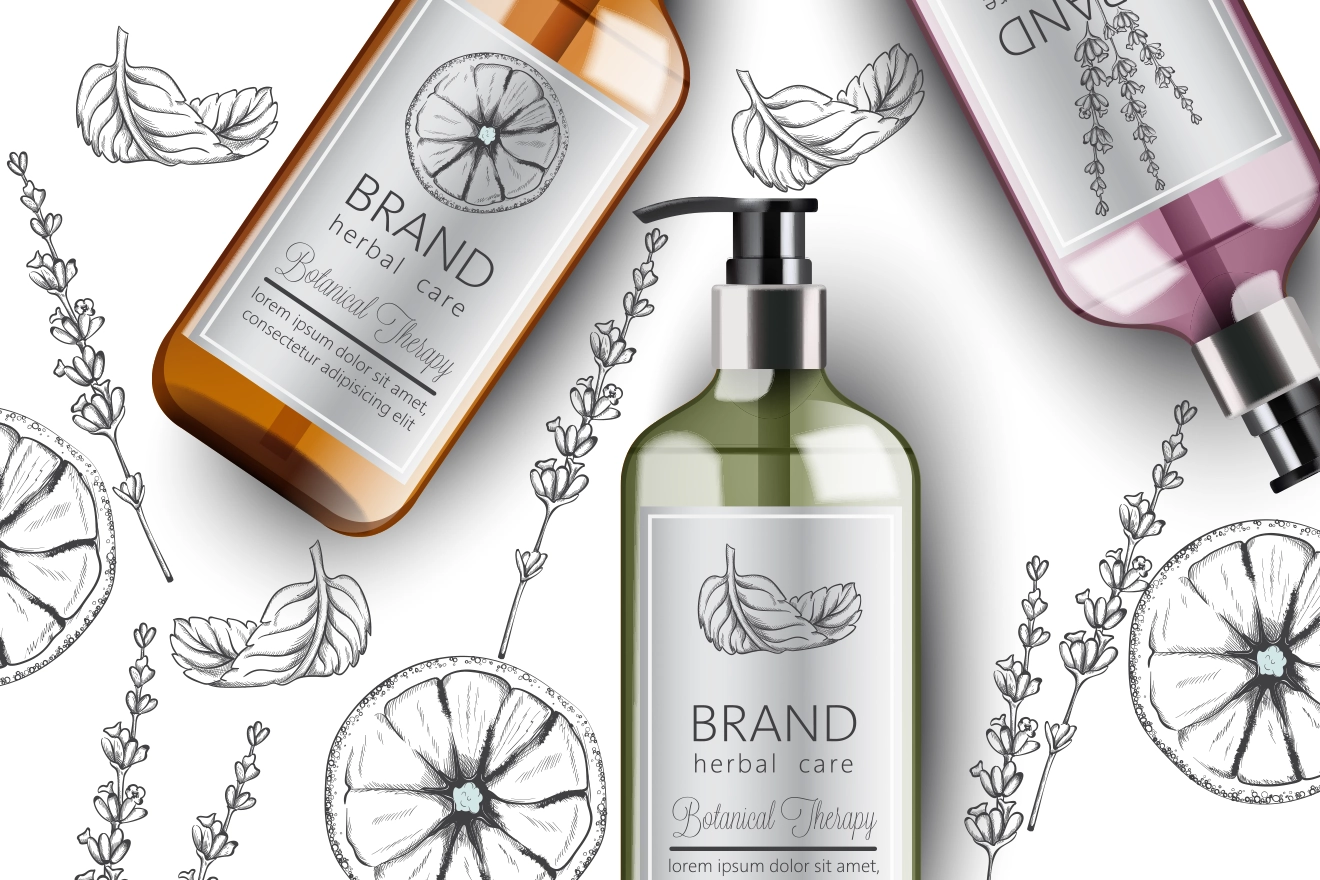
The European Union (EU) is a political and economic union of 27-member states located primarily in Europe. It represents one of the largest economic areas in the world, with a population of over 748 million people. One of the most significant challenges for businesses operating in the EU is dealing with the many different languages spoken across the region. This is particularly important when it comes to labeling cosmetic products, which must be translated into the official languages of the countries in which they are sold. In this blog, we will explore some of the key considerations businesses should consider when handling cosmetic label translations for the EU.
Hire Professional Translators
The first step in handling cosmetic label translations for the EU is to hire professional translators who are fluent in the official languages of the countries in which your products will be sold. Machine translations are not reliable and can lead to errors and misunderstandings that can damage your brand reputation and even result in legal issues.
Follow EU Regulations
The EU has strict regulations regarding cosmetic labeling requirements for products sold within its borders. These regulations specify the mandatory information that must be included on cosmetic labels, the size of the text, and the languages in which the information must be provided. Businesses must ensure that their labels comply with these regulations to avoid legal penalties and product recalls.
Consider Local Variations
While the official languages of the EU member states are well-defined, there are often regional variations in dialects and terminologies that businesses must consider when translating labels. This is particularly important in countries like Spain and Italy, where different regions have their own languages and dialects. Hiring local translators can help ensure that your cosmetic labels are accurately translated for the specific region in which your cosmetic products will be sold.
Use Clear and Simple Language
When translating labels for the EU, it is important to use clear and simple language that is easy for all consumers to understand. Avoid technical jargon and complex terminology that may be difficult for non-native speakers to comprehend. Consider using visual aids, such as icons and symbols, to help convey important information.
In conclusion, handling cosmetic label translations for the EU can be a complex process, but by following these best practices, businesses can ensure that their products are accurately labeled and compliant with EU regulations. By hiring professional translators, following EU regulations, considering local variations, and using clear and simple language, businesses can avoid potential legal issues and build trust with consumers across the EU.
Partnering with an experienced service provider can ease the process and can guide you to address the challenges. Consult a Regulatory expert like Freyr for Regulatory Assistance.

